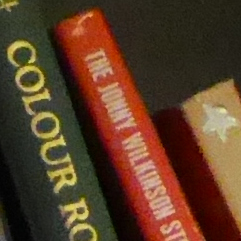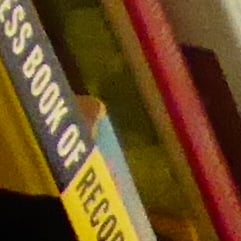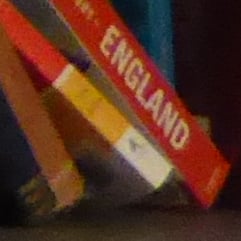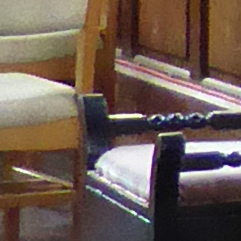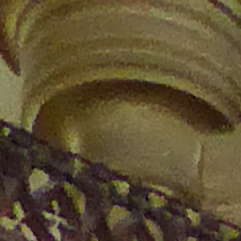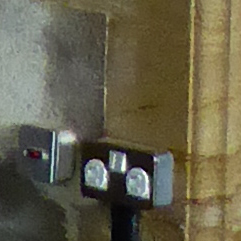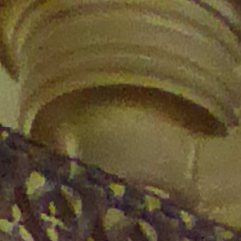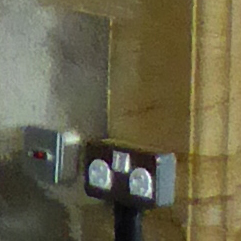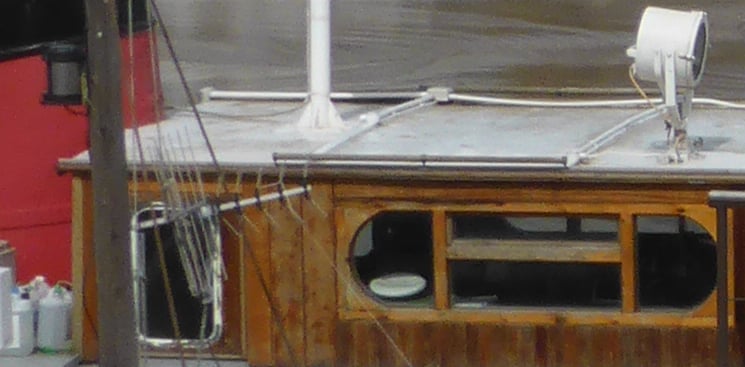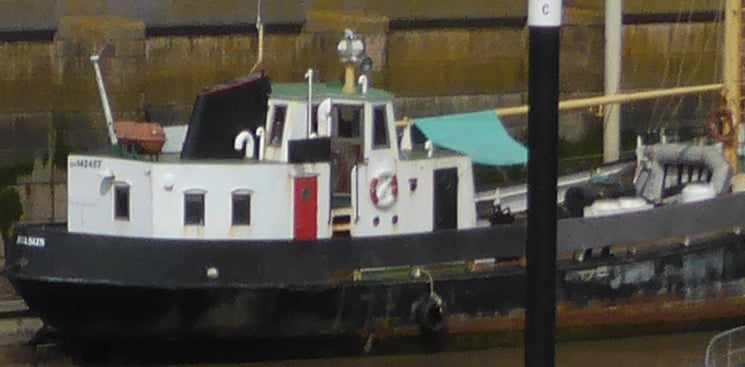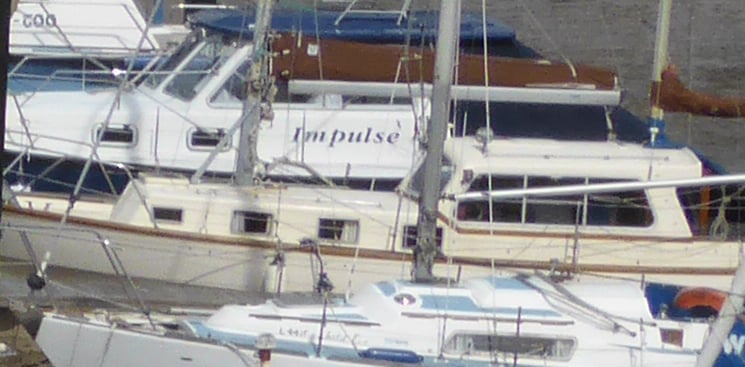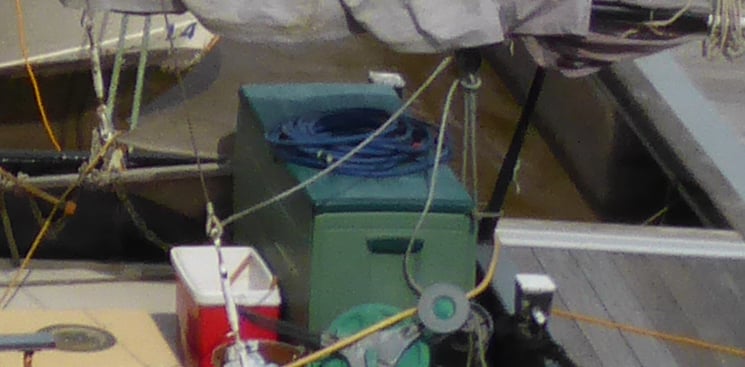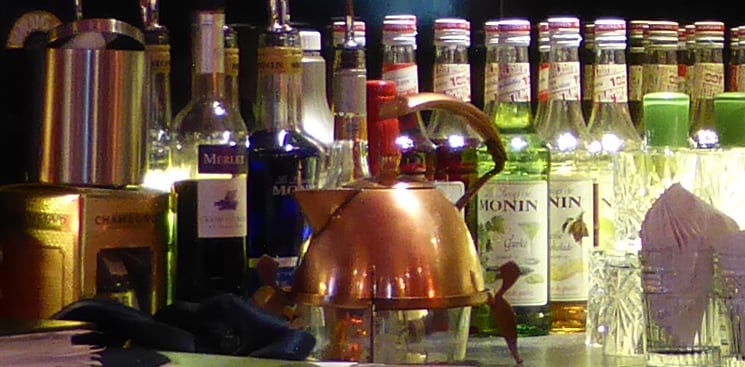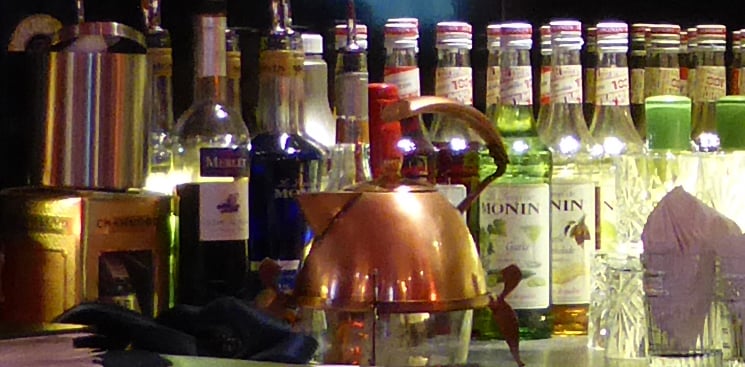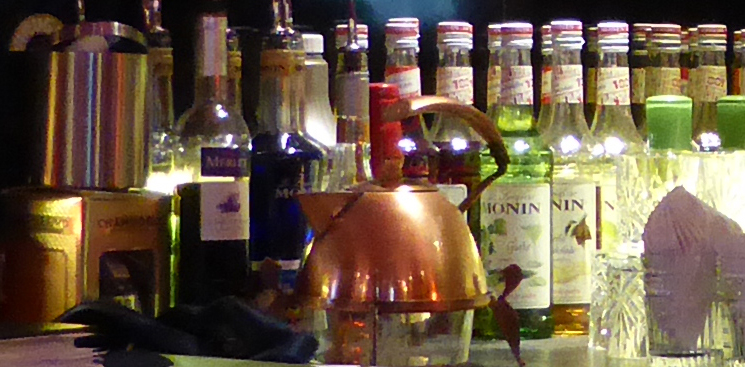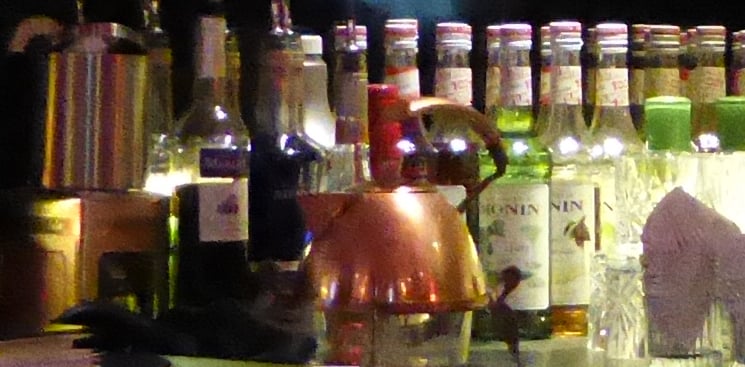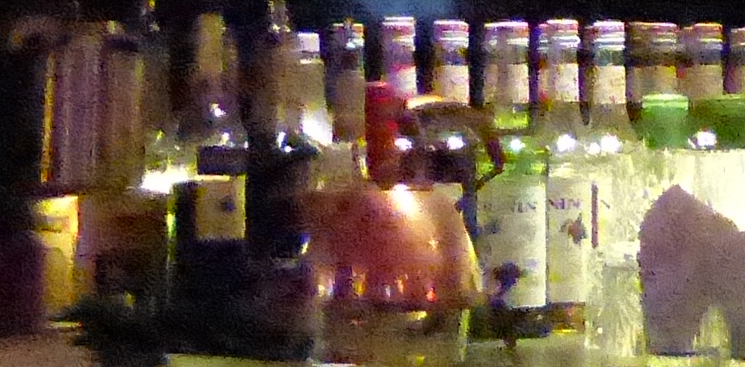Panasonic Lumix TZ40 / ZS30 review
-
-
Written by Gordon Laing
Quality
Panasonic Lumix TZ40 / ZS30 Handheld Night Shot
Handheld Night Shot sets the exposure automatically and in this first example selected 1600 ISO at f3.3 and 1/8. I took the shot then tried to match it in Program with the same sensitivity. This time the camera selected the same f3.3 aperture, but a shutter speed of 1/6, which is a third of a stop longer. Composite shooting models like Handheld Night Shot won’t record more detail, but can iron-out visible noise by averaging the data across the frames. But in the example below I can’t see much difference in noise between the two sets of crops. The Handheld Night Shot version looks punchier with higher contrast, and perhaps a little sharper, but the noise levels look very similar. Scroll down for another example, or check out my Panasonic Lumix TZ40 / ZS30 sample images, or if you’ve seen enough, skip ahead to my verdict.
| ||||||||||||||||||||||||||||||||||||||||||||||||||||||||||||||||||||||||||||
Panasonic TZ40 / ZS30 results : TZ40 / ZS30 quality / TZ40 / ZS30 Noise / TZ40 / ZS30 Handheld Night Shot
Panasonic Lumix TZ40 / ZS30 quality
The image above was taken with the Panasonic TZ40 / ZS30 with the lens zoomed-in a little to 7.4mm for a 47mm equivalent field of view. I shot this in Aperture Priority with all settings and found the sharpest result was with the aperture wide open at its smallest f-number, which at this focal length was f3.9. Stopping the aperture down to f4.5 also delivered a good result, although any smaller and diffraction began to kick-in with a softer overall result. There’s certainly little need in everyday photos to stop-down to achieve a larger depth of field, as in this photo the entire range of subjects is sharp even at the largest aperture. The crops below are as always taken from the areas marked by the red rectangles and presented at 100%. Like earlier Panasonic TZ / ZS models, there’s visible noise and indistinct edges when images are viewed at 100% even at their lowest sensitivities – it’s a fact of life on high resolution compacts with tiny sensors. But I’d say compared to the previous TZ30 / ZS20, the quality when viewed at 100% is no worse despite the fairly significant hike in resolution from 14 to 18 Megapixels. This means when images from both models are reproduced at the same size, any undesirable artefacts will appear a little smaller on the new camera. I should also note that when viewed at 50% or smaller on-screen, or printed at 10x8in or smaller, the image quality from the TZ40 / ZS30 looks absolutely fine. So if you’re viewing the whole image on-screen, reducing it for email or sharing, or printing at normal sizes I’d say you’d be satisfied by the quality. But like other compacts with small sensors, the TZ40 / ZS30’s quality suffers when viewed at 100% – it’s not a camera for pixel-peepers. So it would appear Panasonic has got away with a boost in resolution without increased artefacts at its lowest sensitivity, but what happens as you increase the ISO? Find out in my Panasonic TZ40 / ZS30 noise results.
|
Panasonic TZ40 / ZS30 results : TZ40 / ZS30 quality / TZ40 / ZS30 Noise / TZ40 / ZS30 Handheld Night Shot
Panasonic Lumix TZ40 / ZS30 Noise
The image above was taken with the Panasonic TZ40 / ZS30 at its widest focal length of 4.3mm, equivalent to 24mm. I tested the camera at every aperture and found it delivered the sharpest results with the aperture wide-open with the smallest available f-number, in this case f3.3. At f3.3 and 100 ISO, the camera metered an exposure of 0.8 seconds. The crops below are taken from the area marked by the red rectangle and presented at 100%. As we saw on the previous page, there’s a smattering of noise artefacts at 100 ISO when viewed at 100%, but there’s still a good level of detail present in the image. This slightly deteriorates at 200 ISO, and a little further still at 400 ISO, but I’d still say they’re very usable for all but the closest examinations. At 800 ISO though there’s a noticeable drop in image quality when viewed at 100%. The finest details are beginning to disappear into the mush of noise reduction processing, and it’s a downward spiral from here on. 1600 ISO upwards are really suffering and best-used only in emergency situations when you need a fast shutter speed to avoid motion blur. I should note the TZ40 / ZS30’s image stabilization is excellent, which at least allows you to keep the ISO values down with longer exposures so long as the subject remains static. Looking back at my results for the TZ30 / ZS20, I’d say the older model enjoyed fractionally lower noise levels at higher ISOs, no doubt thanks to its lower resolution. But equally the TZ40 / ZS30’s higher resolution allows any artefacts to appear a little smaller when images from both cameras are printed the same size. Ultimately any differences are down to pixel-peeping though. For most purposes of viewing on-screen, sharing online or printing at average sizes, the quality of the TZ40 / ZS30 is absolutely fine. Just try and keep it below 800 ISO for the best results, and like all point-and-shoot cameras with tiny sensors, don’t look too closely and instead revel in the enormous zoom range in a pocket camera. This isn’t the end of the story though as the TZ40 / ZS30 also offers a Handheld Night Shot mode which combines multiple exposures taken in a burst into a single image to reduce noise levels. See how it performs in my Panasonic TZ40 / ZS30 Handheld Night Shot results page, or skip straight to my selection of Panasonic TZ40 / ZS30 sample images.
|
Panasonic TZ40 / ZS30 results : TZ40 / ZS30 quality / TZ40 / ZS30 Noise / TZ40 / ZS30 Handheld Night Shot
